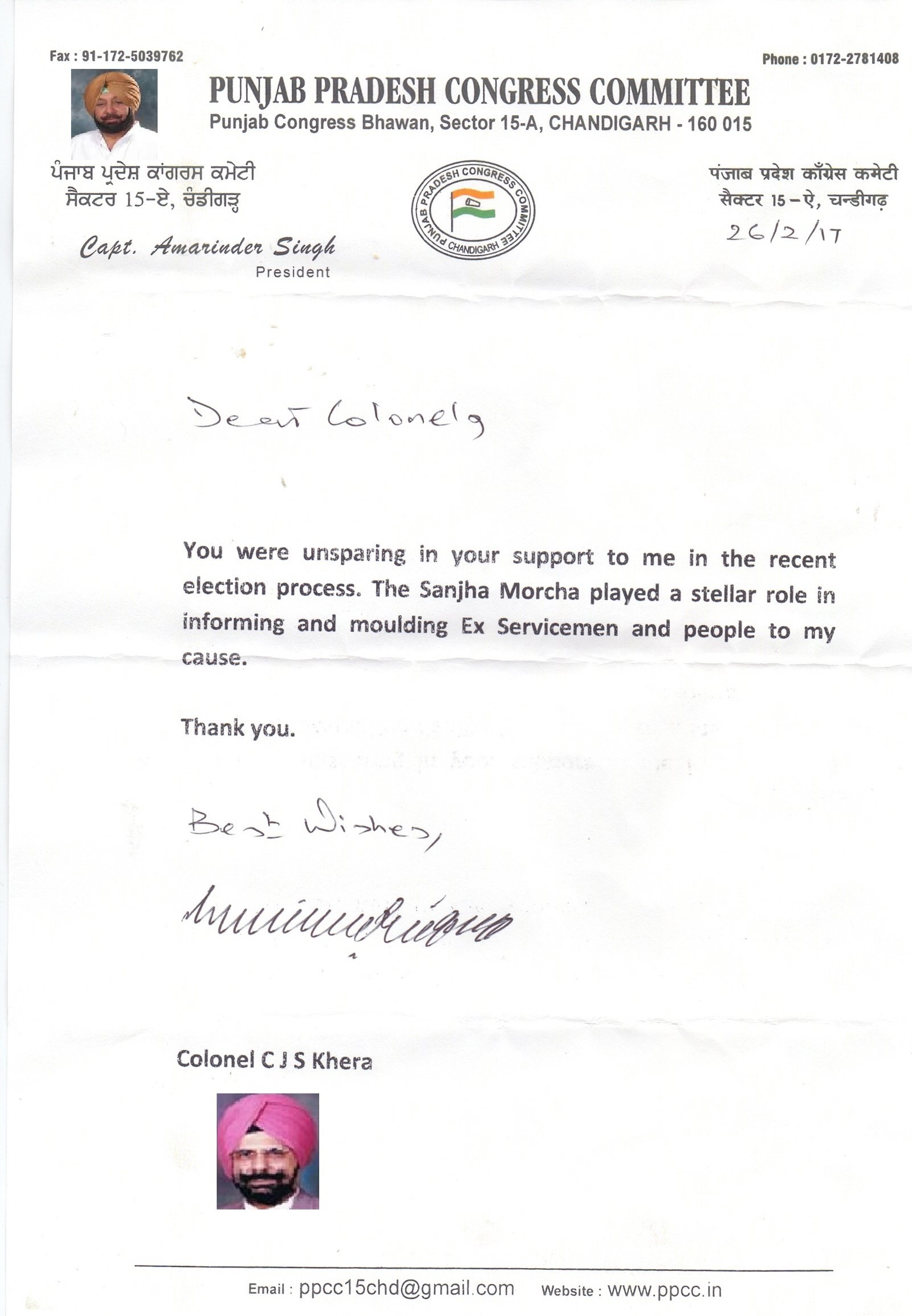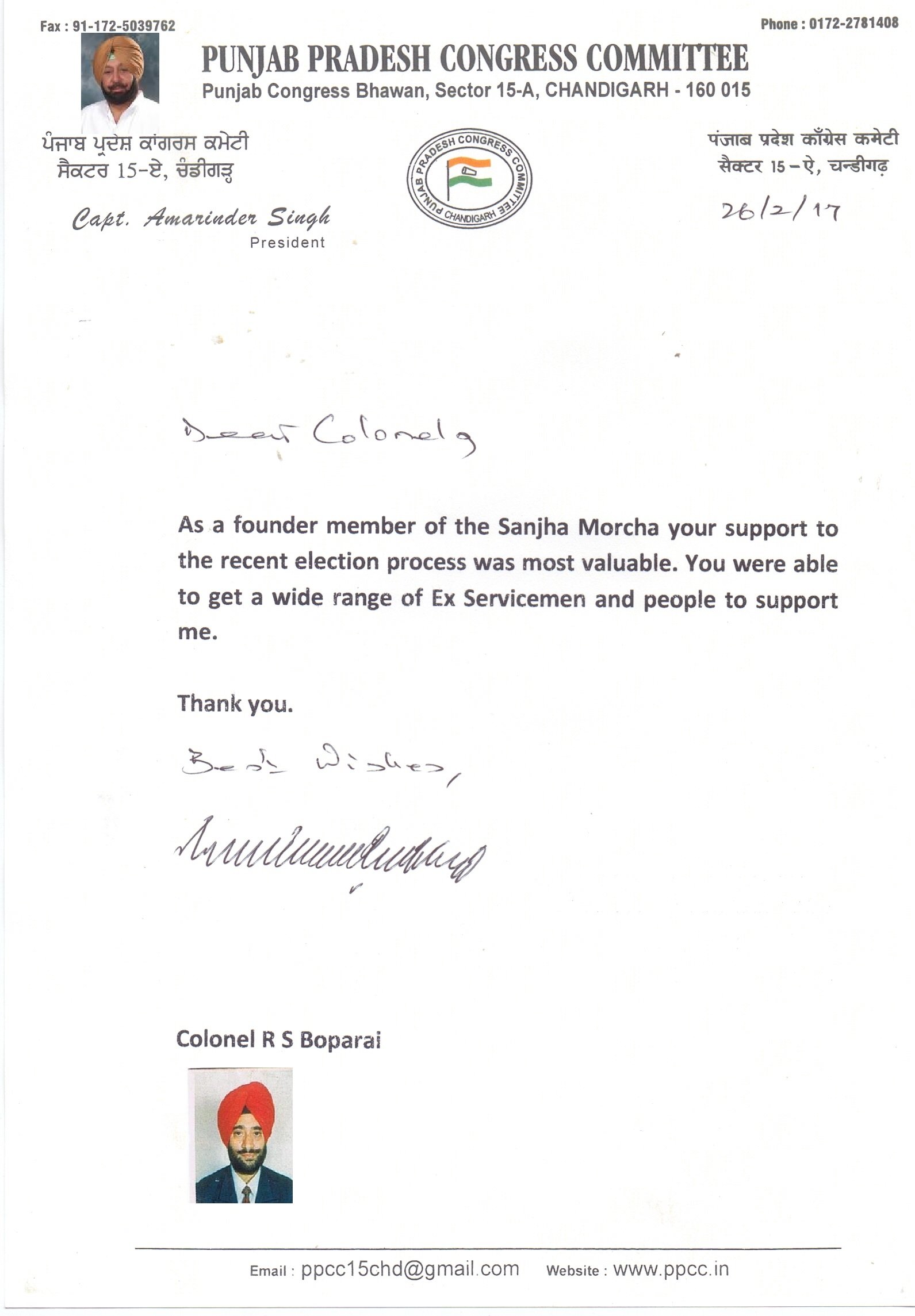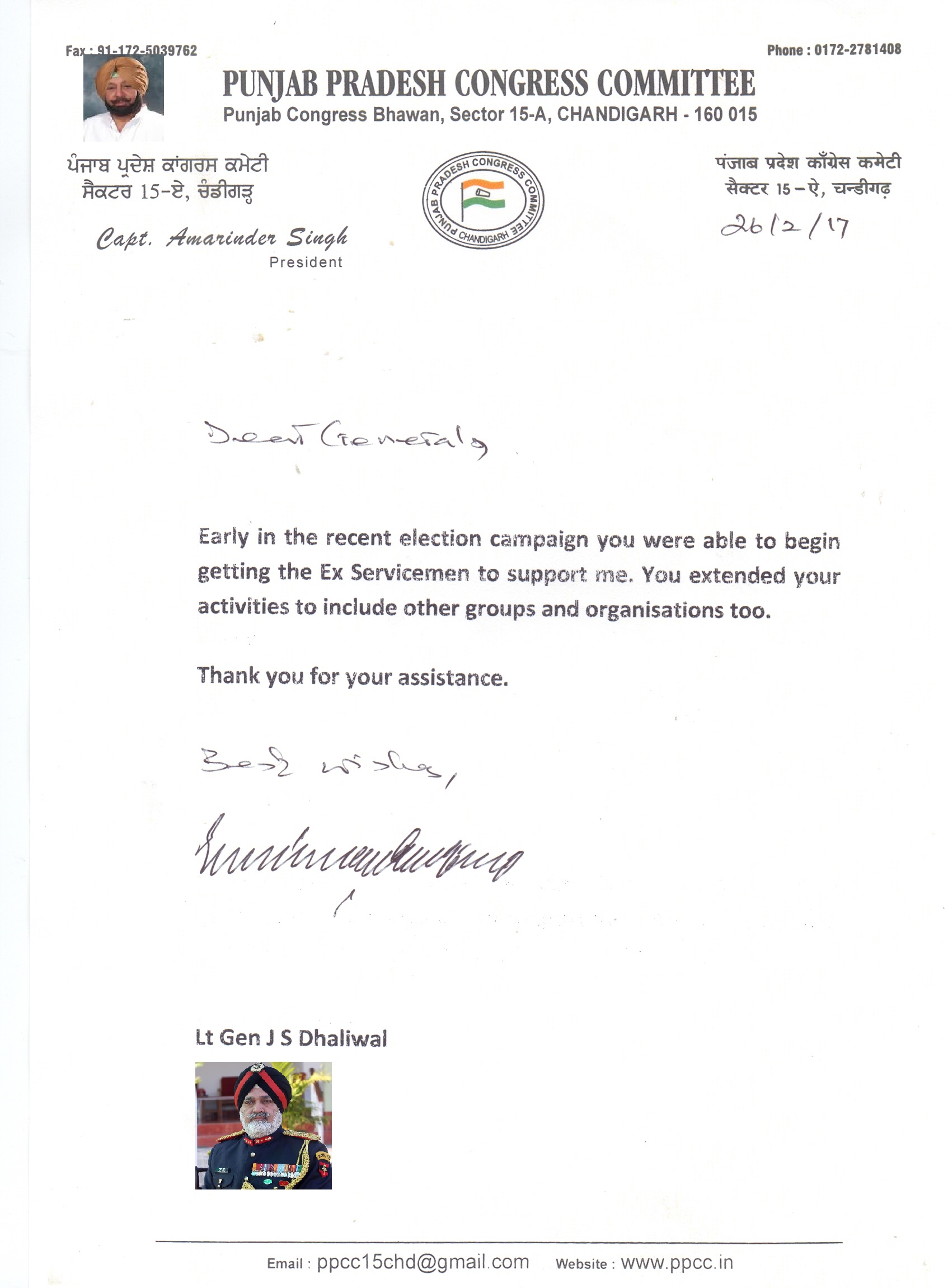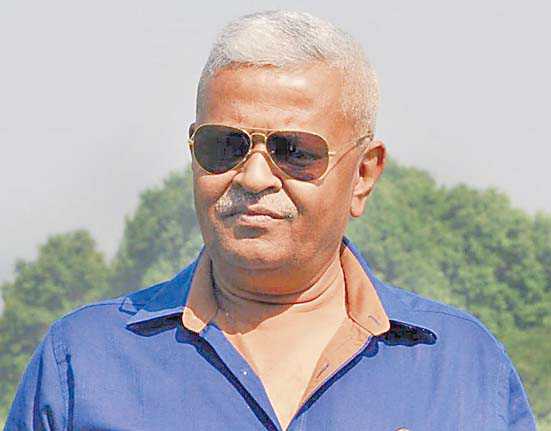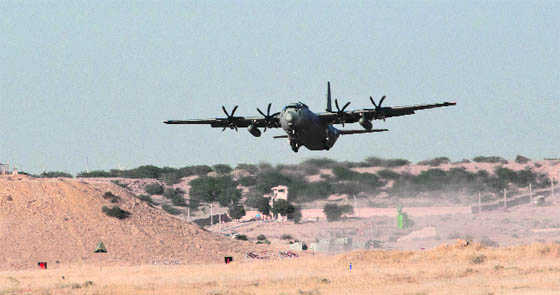
Illustrations: Sandeep Joshi
I do wish someone will be able to tell off Mr Navjot Singh Sidhu that a public office carries with it an expectation of seriousness and diligence. A minister in a state government is enjoined to be a full-time public servant; he cannot possibly be a part-time comedian and a part-time minister. Buffoonery and public office do not mix well. Admittedly, Mr Sidhu has been elected repeatedly to the Lok Sabha and now to the Punjab Assembly because of his public persona as an entertainer. He has an in-your-face personality and has so far managed to thrive in the political arena mostly on his terms. But for the first time, he has been tasked with running a ministry and he will need to re-tune himself to the nature of his new assignment.I do hope that he will realise that there is no place for prima donnas in a cabinet. He has done well to publicly disclaim any sense of disappointment at not being named a deputy chief minister or being assigned “unimportant” ministries.The new government will be called upon to meet the challenge of repairing the deepening fault-lines. A new seriousness and perseverance would be needed. The Chief Minister and his colleagues have all the goodwill as they pad up for a new innings but would do well to realise that the “AAP” constituency would be vigilantly watching. AAP has done the state a favour by raising public consciousness, goading the citizen to demand attention and justice from the administration. *********
THE Chief Minister of Haryana has the reputation of being an honest man and a sincere politician. Yet, he finds himself in a bit of bother from his own party MLAs who are trying to gang up on him because they complain that their “kaam” is not being attended to. The legislators feel aggrieved that their “demands” get ignored by the administration. A further gloss is on this when the Chief Minister is accused of “being a prisoner of the bureaucracy.” Punjab has a new Chief Minister but sooner than later he, too, will probably face the same problem. The Congress is not as disciplined a party as is the BJP. In the Congress, the issue is framed negatively around a chief minister’s “style of functioning.” The Congress high command culture also encourages habits of complaining and cribbing about the chief minister/Pradesh Congress chief.A chief minister, irrespective of the political party, has a difficult job of keeping the legislators in good humour. Not every legislator can be made a minister; the law and public expectation insist on small, compact cabinets. The time-tested device is to “accommodate” legislators in public sector understandings, with a minister of state rank; increasingly, this option too has come in for adverse criticism. On the other hand, the legislators are, after all, men and women of public. It is perfectly legitimate for a legislator to demand and fight for projects and facilities for his/her constituency. Their supporters and constituents seek the politicians’ intervention against an indifferent and slothful administration. Some lower level officials, especially in the police and revenue, are definitely bent. Harassed and exploited citizens rely on the elected representatives to secure some “justice.”A good chief minister has an obligation to insulate his bureaucrats from too much public criticism. But he also has a responsibility to ensure that public grievances do get redressed. Every chief minister has to devise a protocol on how the two imperatives get harmonised. However, no chief minister should allow any minister to get away with the notion that the ministerial brief is a licence to abuse the official powers and authority. Nor should any minister be under illusion of being a prima donna because he or she enjoys the “high command’s ear.” The high command can no longer be providing protection to a corrupt or non-performer minister. This is the simple lesson of post-Anna Hazare politics. Instead, a chief minister should be able to insist that the ministers approach their responsibilities with a sense of public service. The onus, of course, would be on the chief minister himself to set the moral tone of his/her administration by his/her own behaviour and performance. **********
SOMEHOW, it is our younger generation that is showing the guts to stand up to the bullies who claim to speak in the name of the majority or the community. Earlier, it was 20-year-old Gurmehar Kaur. Now we have Nahid Afrin, a 14-year-old singer who finds herself in the mullahs’ crosshairs for daring to sing in public.Ms Afrin is a Class IX student in a small town 200 miles from Guwahati. She enjoys singing and has been praised and rewarded for her talent. She has earned the ire of the presumed guardians of her community — the Aleems and the Ulamas — because they think that singing is an anti-Shariat activity. They do not want her to go ahead with a scheduled musical show later this month. According to these self-appointed defenders of the faith, “magic, dance, music, plays, theatres” are all proscribed activities. What a medieval mindset! Not only that, but also a very, very boring view of life. If these gentlemen had their way, they may want to ban everyone from listening to the songs of Suraiya and Noor Jahan, those golden voices of yesteryear. This courageous girl has remained unfazed. But, as could be predicted, her plight has been seized upon by some political leaders to do a bit of grand-standing. No one will know for sure what petty interests and local jealousies had prompted the 46-odd clerics to go after Ms Afrin, but there can be no doubt that such censorious attempts do end up reinforcing the stereotypes about the Muslim community. Like all other parts of the Indian society, it is perfectly natural for young men and women from the Muslim community to have a feel for all sorts of creative activities.It is bad enough that the Indian Muslims find themselves at the receiving end of a global epidemic called Islamophobia, but their woes get complicated when Shariat is invoked to try to muzzle creativity. After the UP elections, the Muslim community can expect to come under new pressures. It would be in a better position to deal with the coming onslaught only if it is aligned with modern and progressive impulses. **********
AT last, the Prime Minister’s Office has found the time to attend to the task of naming a new director for the PGI in Chandigarh. An institution of national repute could not be allowed remain un-led for long. The PGIMER is not just a hospital but also a nursery for teachers and researchers. It can take pride in still being able to attract the best of medical talent, un-seduced by the exorbitant “packages” available in the private sector. It is a daily struggle in a place like the PGI to remain loyal to the cause of public service, to take care of a never-ending line of patients, and yet to find time to undertake research. I am biased in favour of the new Director, Dr Jagat Ram — he had performed his magic on my eye last summer. Personal feelings apart, I think it is incumbent upon him to be an inspiring team leader, to raise the bar and to reinforce the PGI’s reputation as the finest yet caring hospital in this part of the world. **********
I do wish Sardar Parkash Singh Badal had attended the swearing-in ceremony at the Raj Bhavan on the 16th. It has been the saving grace of the Indian democracy that our political leaders have observed a protocol of peaceful transfer of power, after the bitterest of electoral battles. For example, Atal Bihari Vajpayee was very much present at Dr Manmohan Singh’s swearing-in ceremony, just as Dr Singh was in attendance at Narendra Modi’s day at Rashtrapati Bhavan.Notwithstanding Mr Badal’s absence, I would still very much like the new Chief Minister to invite his predecessor for a kaffeeklatsch — still better, he should call on the senior Badal and demand from him a cup of coffee. There is no bitterness that cannot be dissolved over a cup of black, bitter coffee.kaffeeklatsch@tribuneindia.com



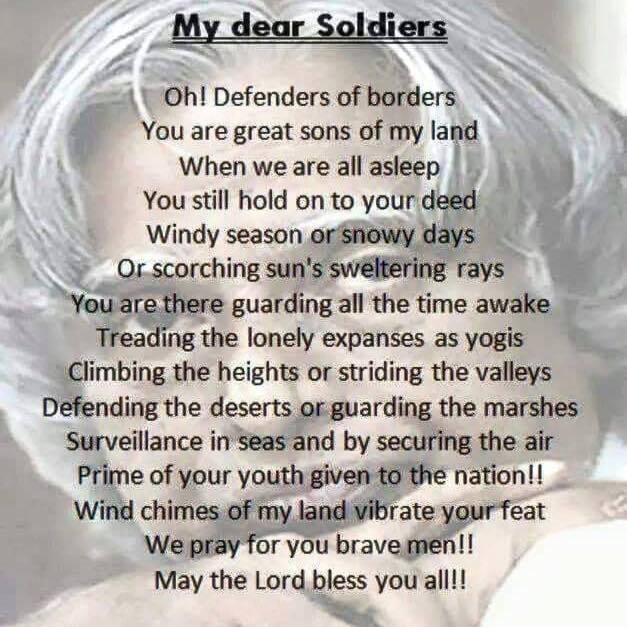






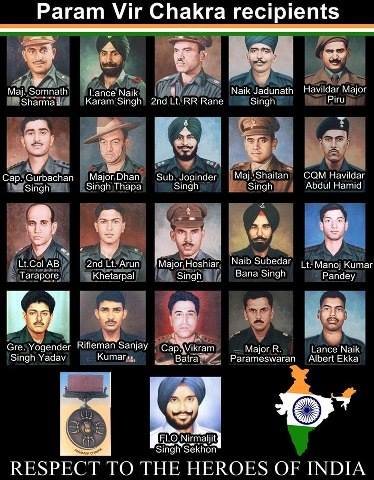

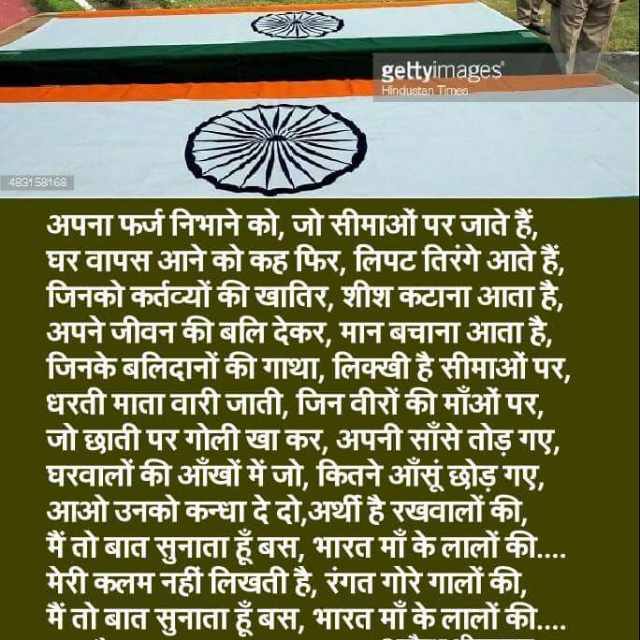
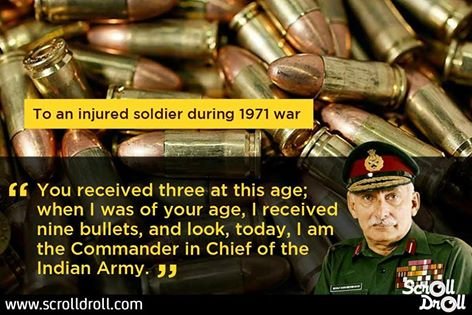
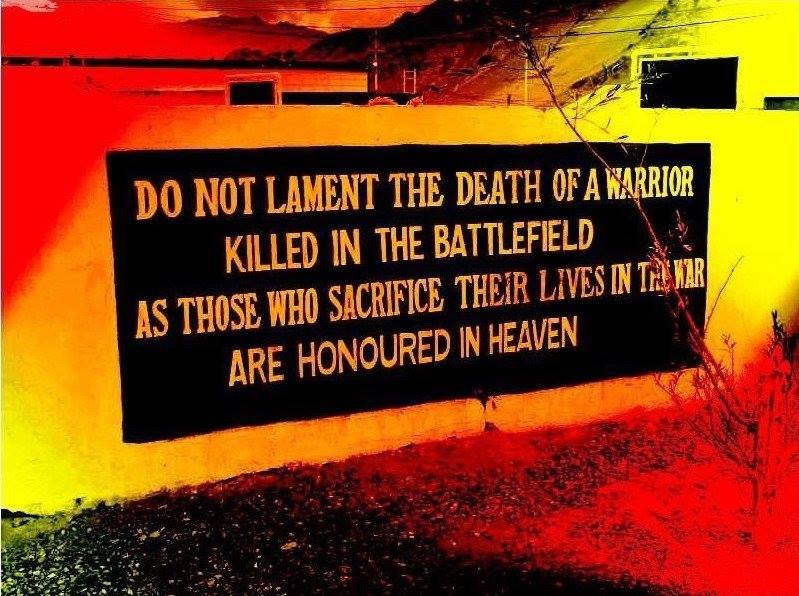

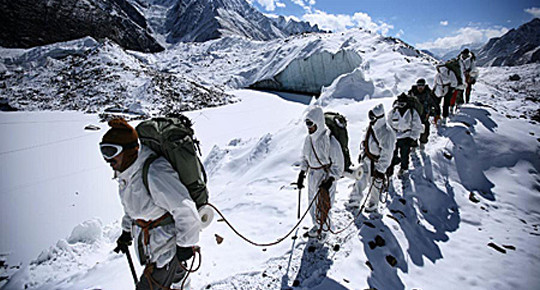
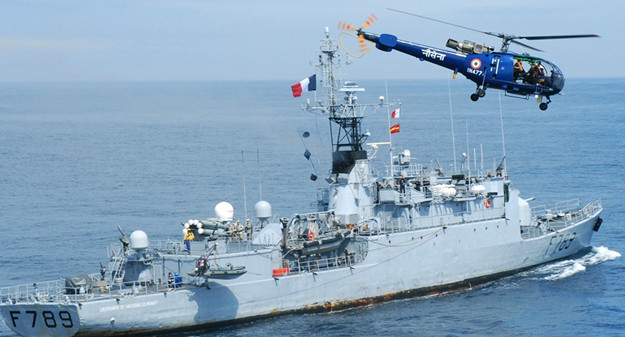
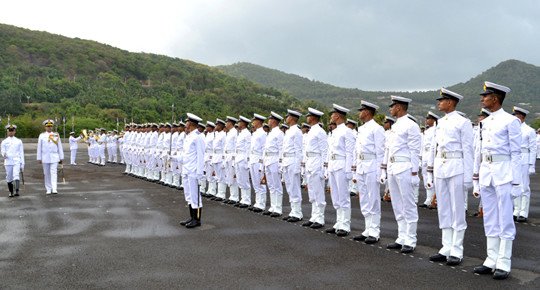
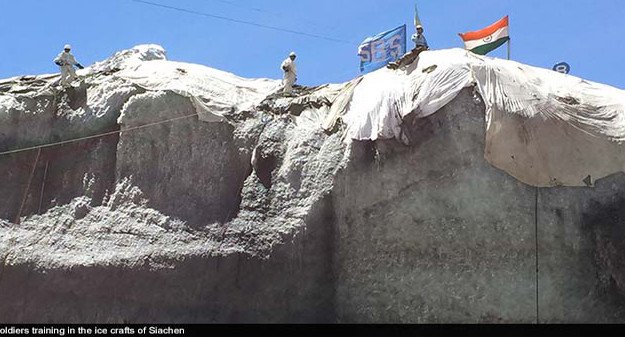
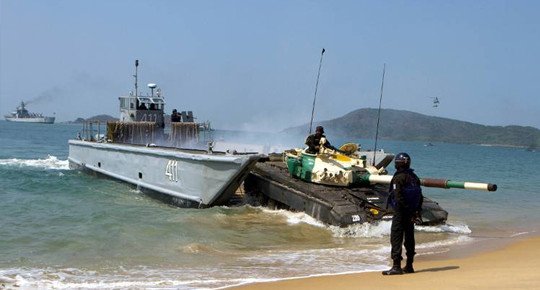
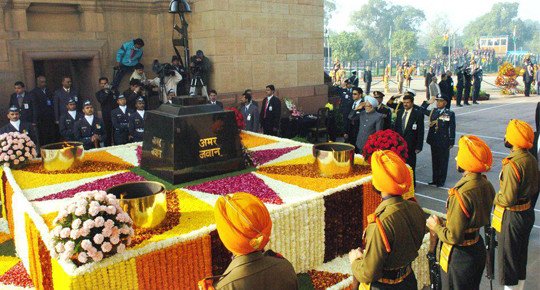
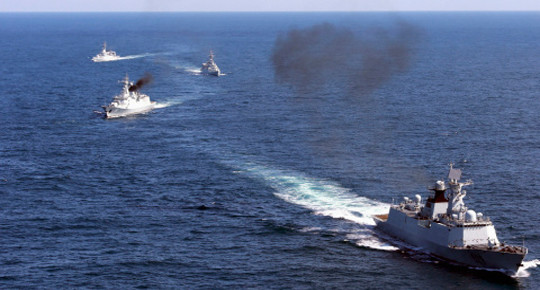
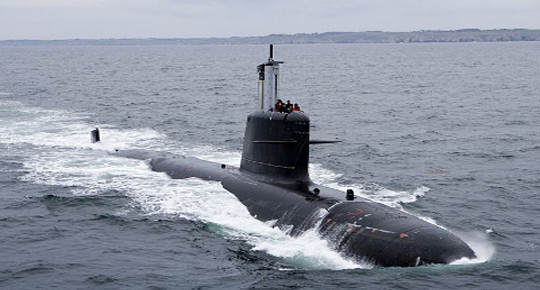
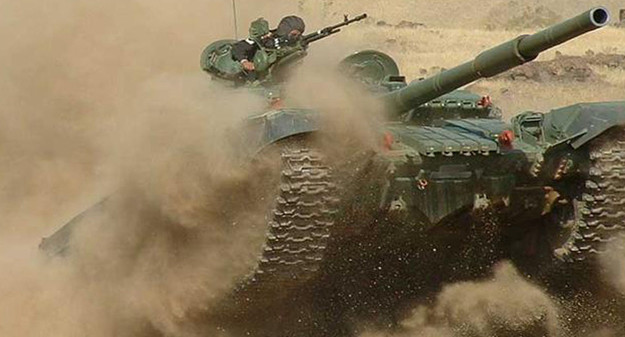
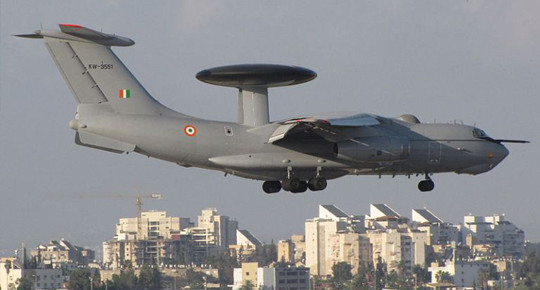
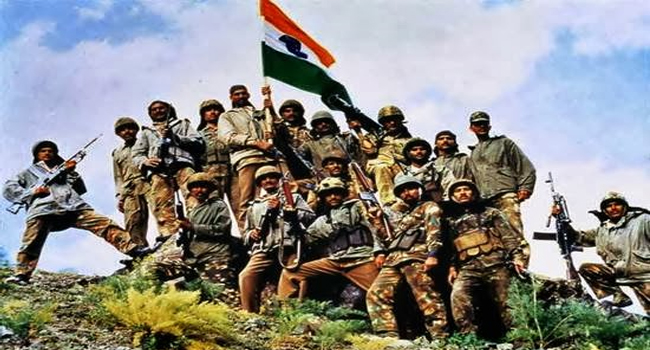

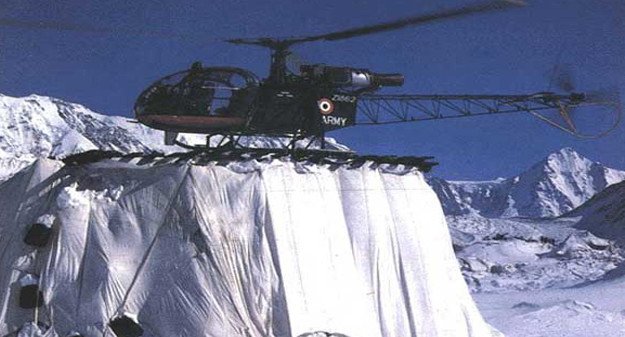
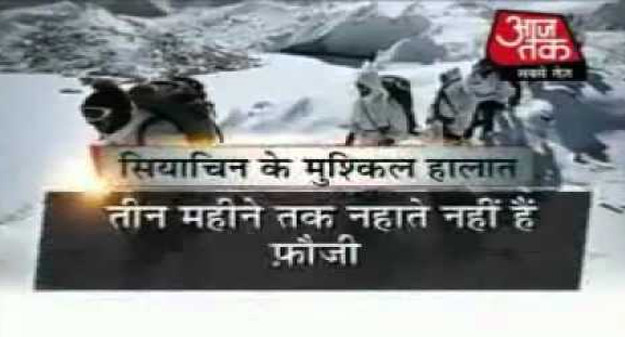
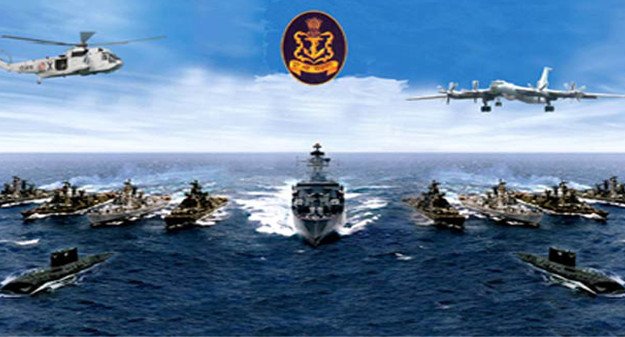
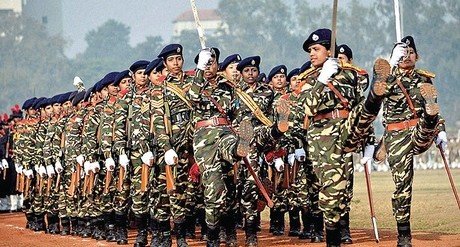
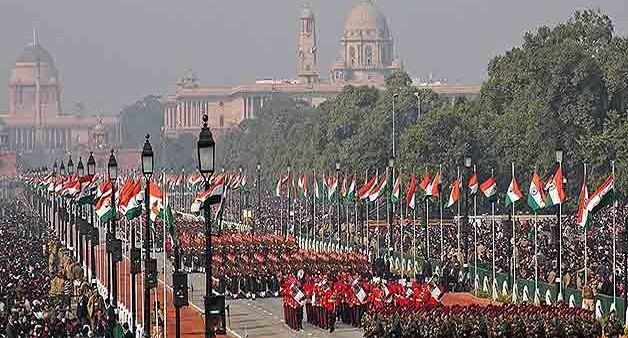
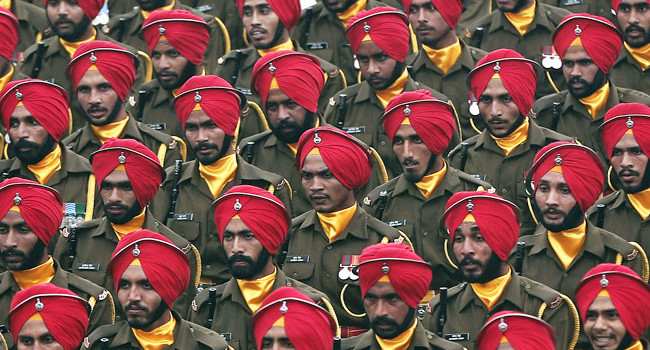
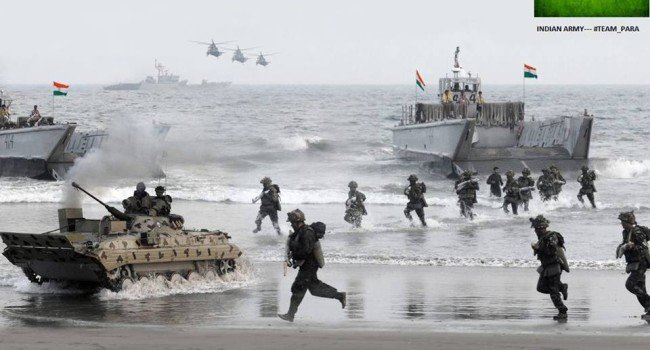
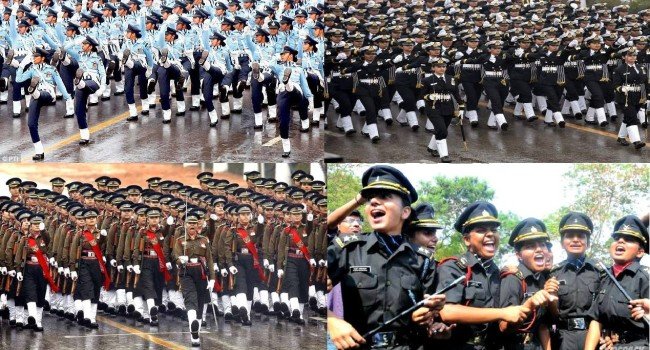
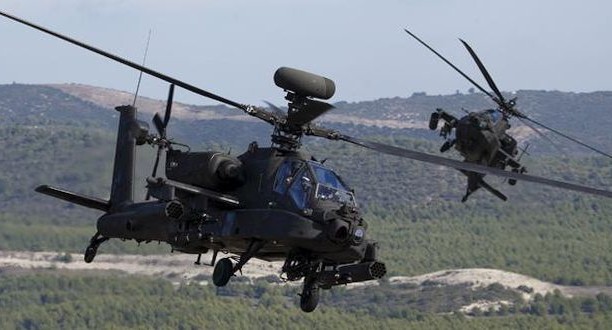
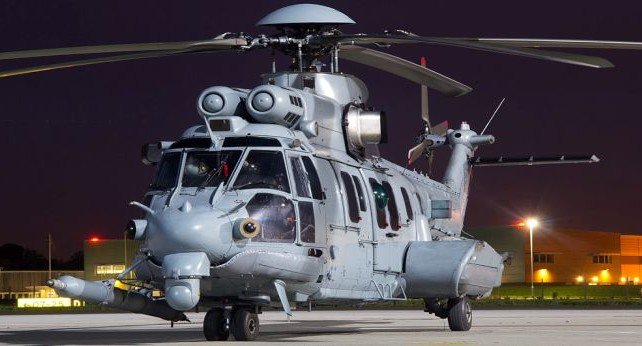
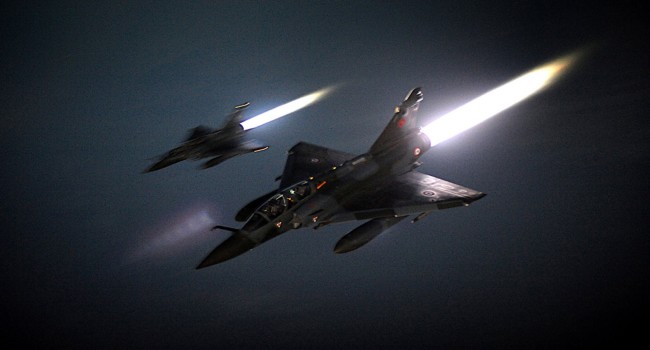
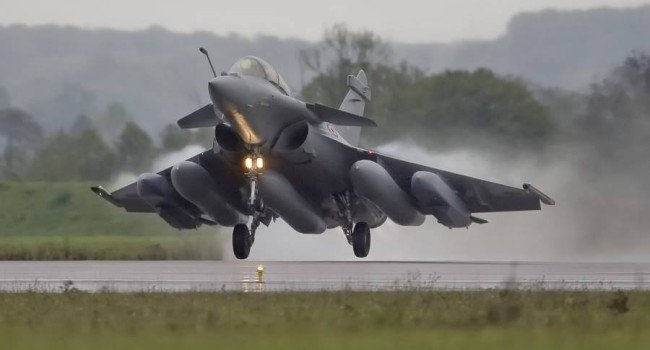
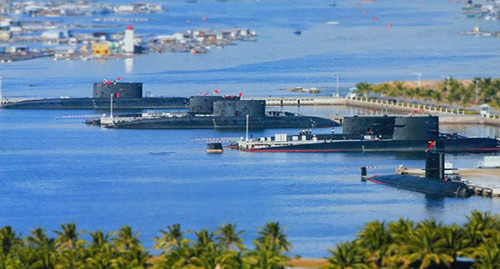
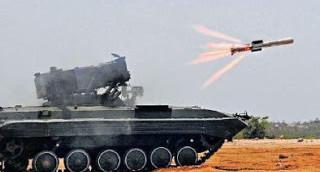
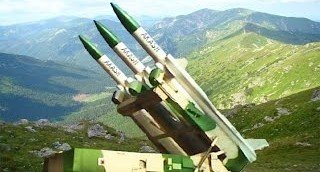







 AP FILE
AP FILE